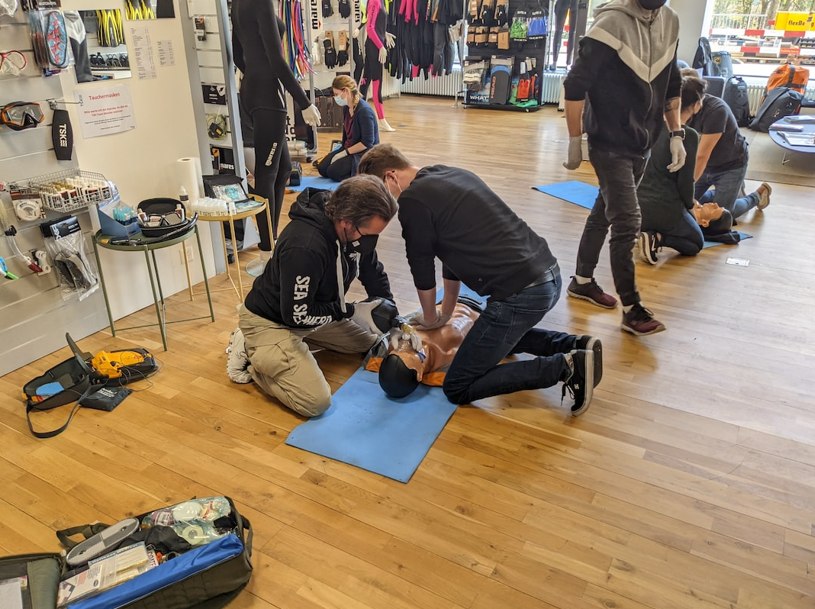Every day in the workplace, emergencies can happen. From small accidents to life-threatening situations, being prepared is essential. One vital skill that can save lives is Cardiopulmonary Resuscitation, or CPR.
Knowing CPR can make a difference between life and death. It helps to recognize the importance of CPR training in ensuring workplace safety and preparedness.
Understanding CPR Training
CPR is a technique used when someone’s heart has stopped beating or they have stopped breathing. It involves chest compressions and rescue breaths.
The goal is to keep essential blood flowing to the brain and other vital organs until emergency services can take over. This process is not just for medical professionals; anyone can learn it.
The Benefits of CPR Training
Implementing CPR training in workplaces goes beyond basic preparation. First and foremost, it promotes safety. Employees trained in CPR are more aware of their surroundings and ready to act quickly in case of an emergency.
Additionally, CPR training can boost employee morale. When employees know they have the skills to help someone in distress, it fosters a supportive workplace culture.
They feel empowered and more connected to their colleagues. This sense of community can lead to a more productive and positive work environment.
Legal and Compliance Aspects
Many industries have regulations requiring first aid training, including CPR. Employers are often legally obligated to provide a safe work environment.
This means training employees in first aid and CPR can help protect businesses from legal liabilities. If an employee suffers a medical emergency and there is no trained personnel to assist, it could lead to severe consequences for the company.
Complying with safety regulations not only helps protect the staff but also enhances the organization’s reputation. Customers and clients feel more secure knowing that the company takes workplace safety seriously. This sense of responsibility can lead to better relationships and trust between employers and employees, as well as with clients.
How to Implement CPR Training in the Workplace
An effective CPR training program involves several steps. Employers should assess their needs based on the size and type of the workplace.
Larger organizations might need multiple sessions, while smaller ones may require only one. Next, finding a certified training provider is essential. Several organizations offer CPR training tailored for workplaces.
After selecting a training provider, it’s important to schedule classes during work hours or provide incentives for employees to attend after hours. Offering a comfortable and flexible schedule encourages participation. This way, more employees can gain these essential life-saving skills, ensuring that help is available in emergencies.
To help implement these essential skills, visit https://cprcertificationnow.com for training options tailored to your workplace.
Creating a First Aid Kit
Alongside CPR training, having a well-stocked first aid kit is crucial for workplace safety. A first aid kit should include essential supplies like bandages, antiseptics, and gloves.
It should also have clear instructions for performing CPR and other first aid measures. This kit can act as a crucial resource in emergencies, improving the chances of a positive outcome.
Regularly checking and restocking the first aid kit ensures it remains prepared for any situation. Training employees to know where the kit is located and how to use it can further enhance safety in the workplace.
The Lifesaving Importance of CPR
CPR training plays a vital role in workplace safety and preparedness. By ensuring that employees learn these lifesaving skills, employers create a culture of safety and responsibility. The benefits extend beyond compliance with regulations; they foster a supportive workplace environment that positively impacts both employees and customers.
Visit our website for more.











